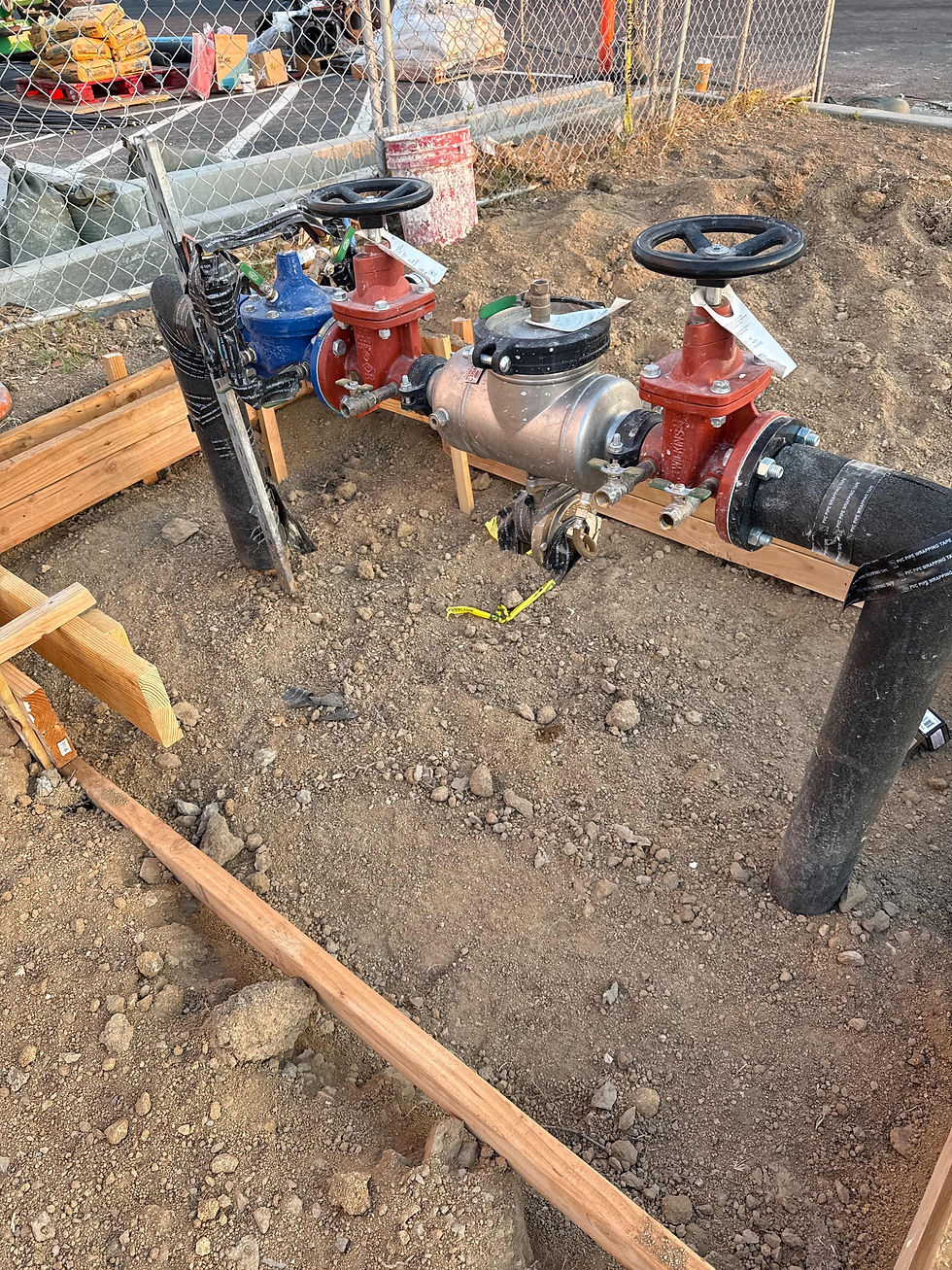Backflow Prevention 101: Who's Responsible for Installation and Maintenance?
- bill57931
- Oct 9, 2024
- 2 min read

In the world of plumbing, backflow prevention is a crucial aspect of ensuring the safety and quality of water supply. A backflow unit is a device designed to prevent contaminated water from entering the potable water supply system. With the rising concern for waterborne diseases and environmental contamination, it's essential to understand who's responsible for the installation and maintenance of these devices.
In this blog, we'll delve into the world of backflow prevention and provide you with a comprehensive guide on who's responsible for installation and maintenance, as well as new ideas and advice to ensure optimal performance.
Who's Responsible for Installation?
When it comes to installing a backflow unit, the responsibility lies with the property owner or the local water authority, depending on the jurisdiction. In most cases, the property owner is responsible for installing the device, but it's crucial to check with local authorities for specific regulations and requirements.
It's essential to hire a licensed plumber who has experience with backflow prevention devices to ensure proper installation.
Who's Responsible for Maintenance?
Maintenance is a critical aspect of ensuring the effectiveness of a backflow unit. The property owner or the local water authority is responsible for regular maintenance, which includes:
Regular inspections: Conduct regular inspections to ensure the device is functioning correctly and identify potential issues before they become major problems.
Testing: Test the device annually or as required by local regulations to ensure it's functioning correctly.
Cleaning: Clean the device regularly to prevent mineral buildup and ensure proper function.
Repair and replacement: Repair or replace the device as needed to ensure optimal performance.
New Ideas and Advice:
Conduct a risk assessment: Conduct a risk assessment to identify potential sources of contamination and prioritize maintenance accordingly.
Use technology to your advantage: Consider using technology, such as smart devices and sensors, to monitor and maintain your backflow unit remotely.
Create a maintenance schedule: Create a maintenance schedule to ensure regular inspections and testing are conducted.
Educate yourself and others: Educate yourself and others on the importance of backflow prevention and the responsibilities involved in installation and maintenance.
Conclusion
In conclusion, the installation and maintenance of backflow units are critical aspects of ensuring the safety and quality of water supply. By understanding who's responsible for these tasks and following the advice provided, property owners and local water authorities can ensure optimal performance and compliance with regulations.
Remember to conduct regular inspections, testing, cleaning, and repair or replacement as needed to ensure the effectiveness of your backflow unit. With the right knowledge and approach, you can rest assured that your water supply is safe and secure.





Comments